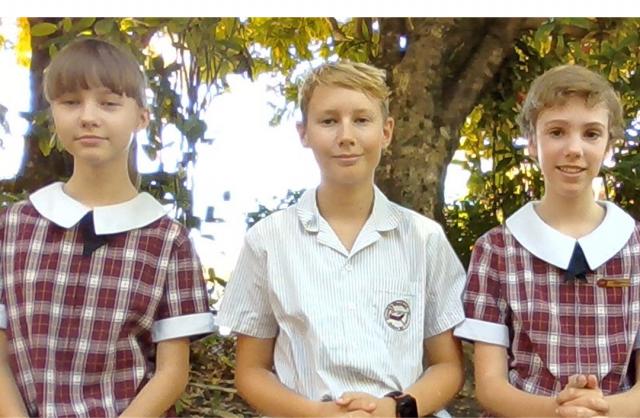Every year at Good Shepherd Lutheran College the students in year 5 do a big project called Expo. It lasts eight weeks and the students show all the skills that they have learned from prep to year 5. This year the topic for Expo was Australian Inventions that have Changed the World.
Three of the students in year 5 investigated Spray on Skin.
They found that this amazing invention was invented by Professor Fiona Wood in 1993. Professor Wood is a burns surgeon at Perth Children’s Hospital, and has received the Australian of the Year award, along with a few others.
Spray on Skin is skin that has been stripped down into just cells and is applied to burns. Usually, the skin is from another part of your body (e.g., if you have a burn on your cheek or chin, the doctors remove a bit of skin from behind your ear). Then the doctors remove that small bit of skin and immerse it in an enzyme to form a suspension liquid. The process nowadays only takes around half an hour, but back when it was first invented, by Professor Fiona Wood, the whole skin-into-skin-cells process took about 3 weeks. Then the doctors put it into a special spray bottle and spray onto the burned area, and you get quick and scar less healing! Spray on Skin is a game changing innovation that has saved the lives of thousands of people, and improved the lives of many others.
After the Bali bombings in 2002, patients were transported to the Royal Perth Hospital, where Fiona Wood and her team saved 8 out of 11 lives.
In 2012, a two-year-old boy received second degree burns from a cup of tea that fell on him at his home in Lincolnshire. He received Wood’s treatment, and after four months his scars were pretty much invisible.
The Expo team was absolutely amazed at the sheer brilliance of Fiona’s invention and how she used it to help other people in the community and wanted to raise awareness of SOS in the community. SOS is an absolutely magical treatment that helps thousands of people recover properly and also helps burnt children cope with the emotional trauma of scarring because there is no scarring.







